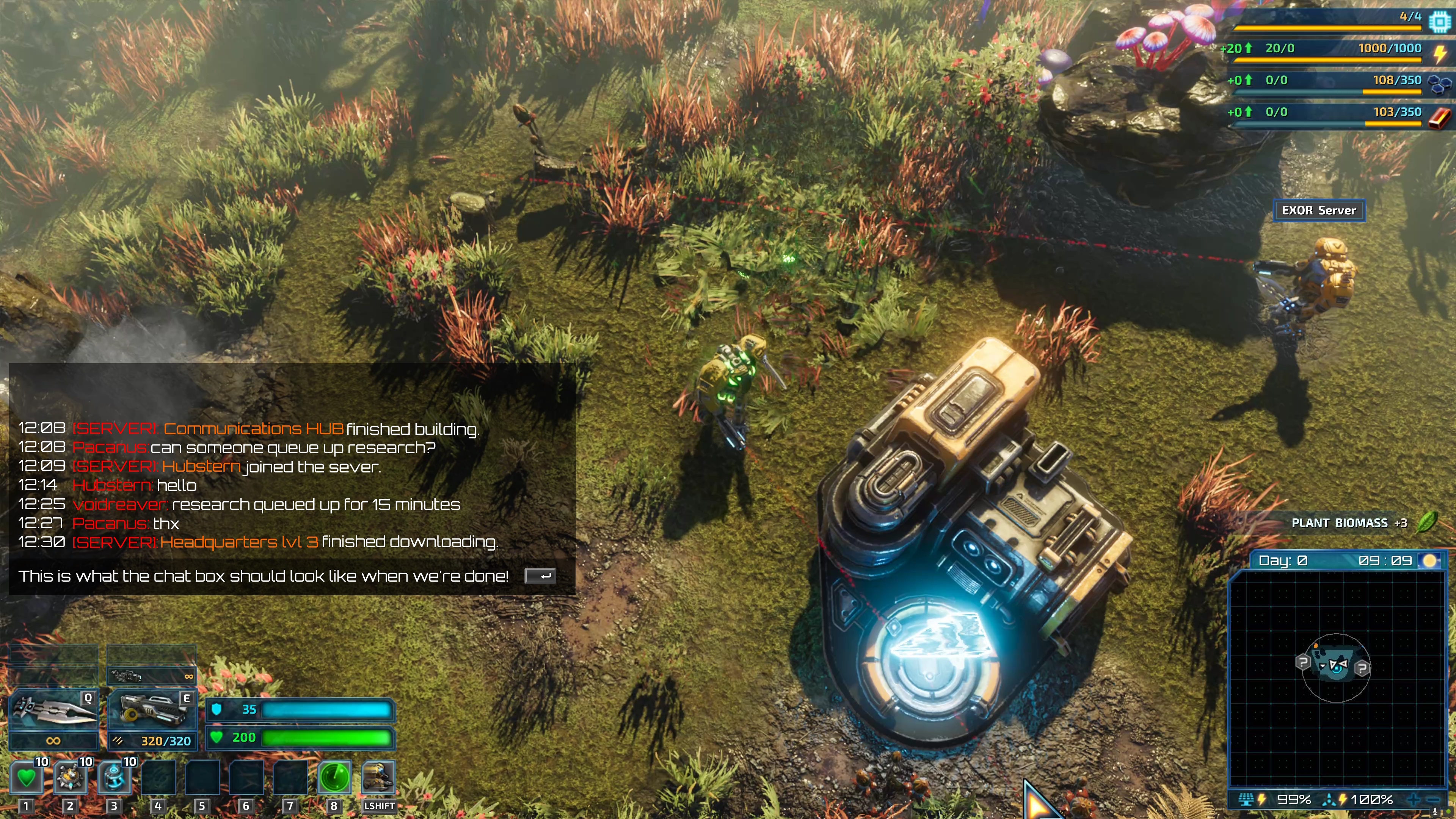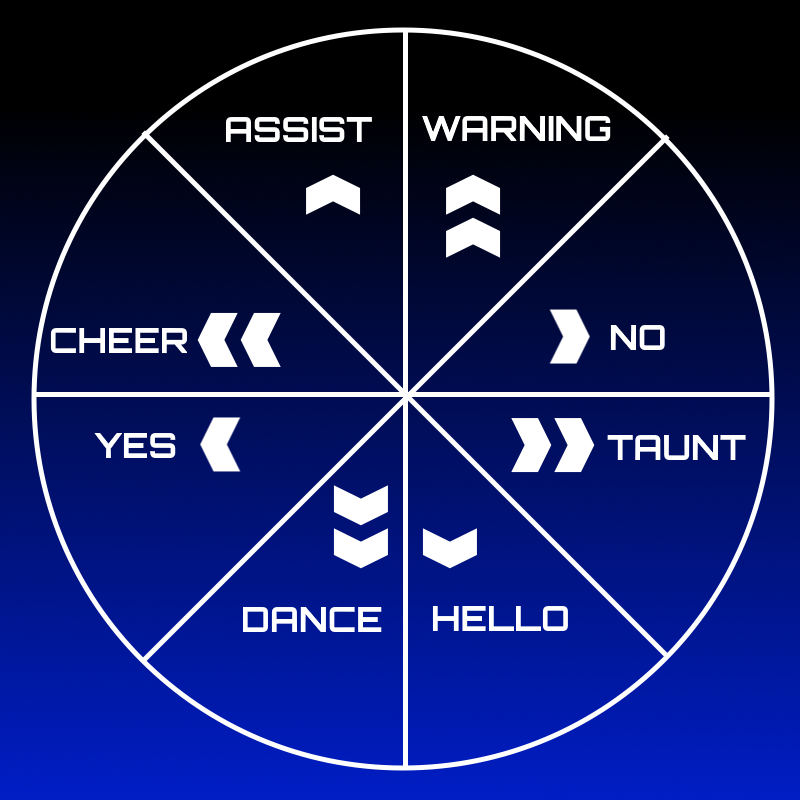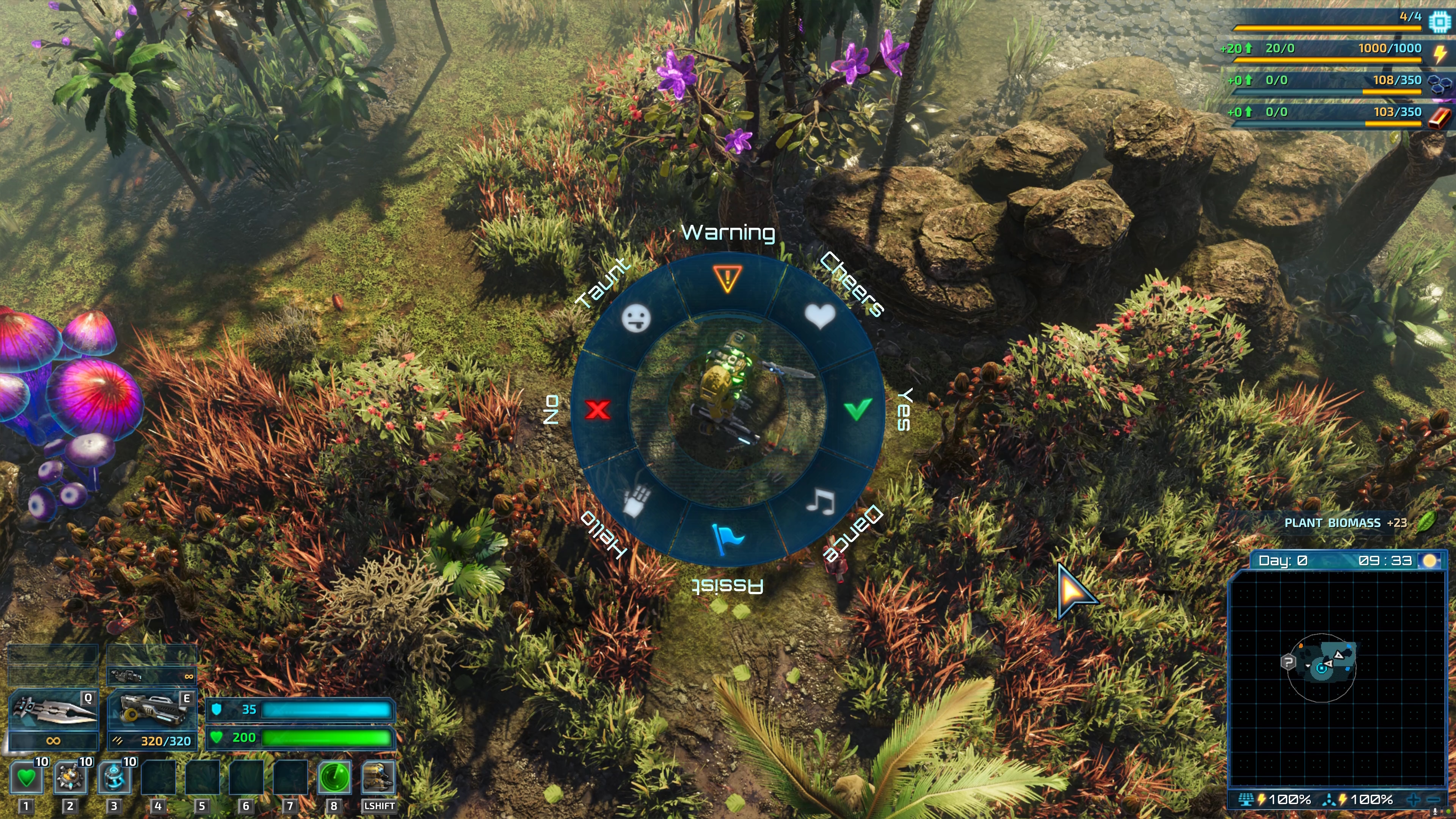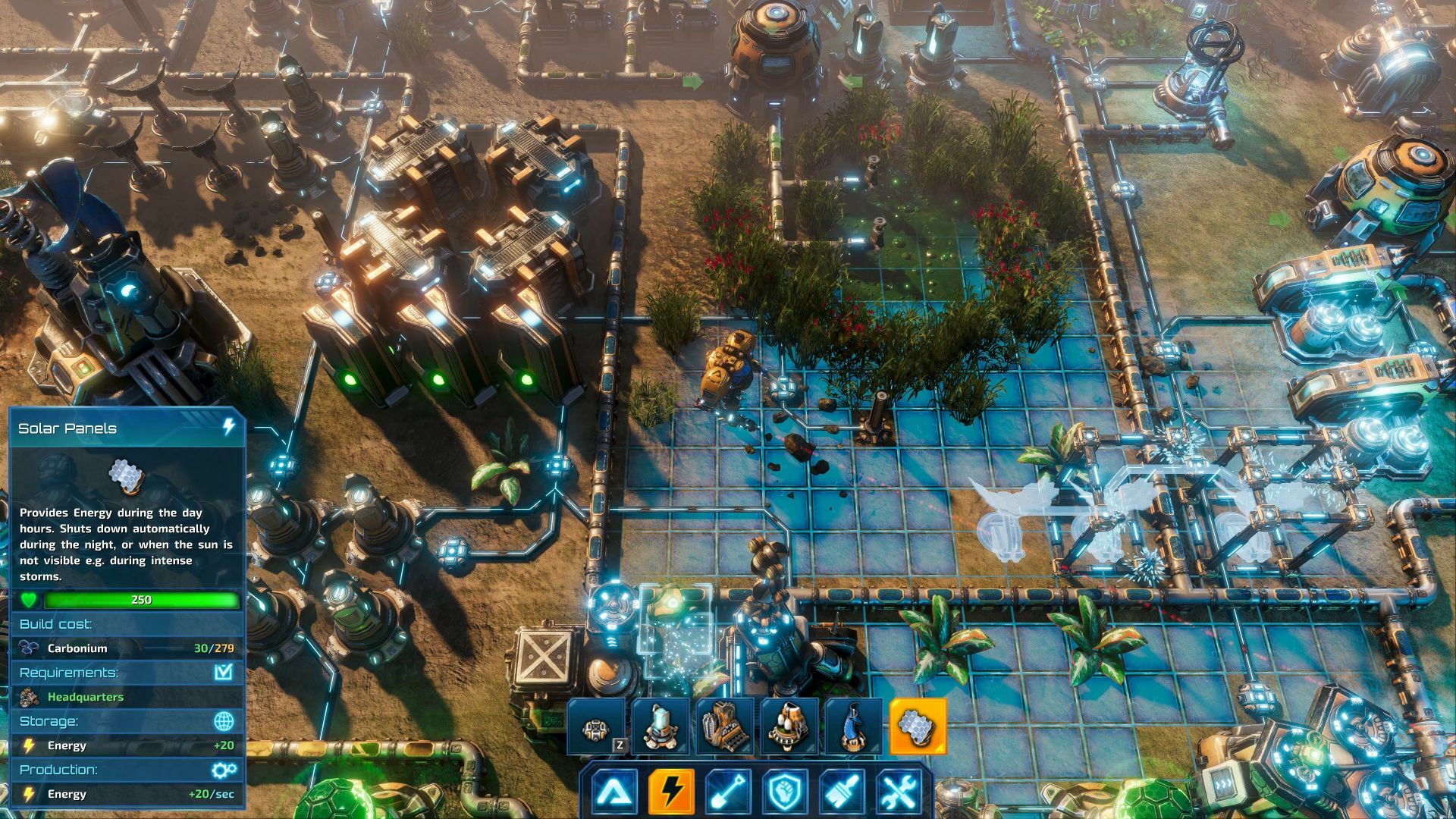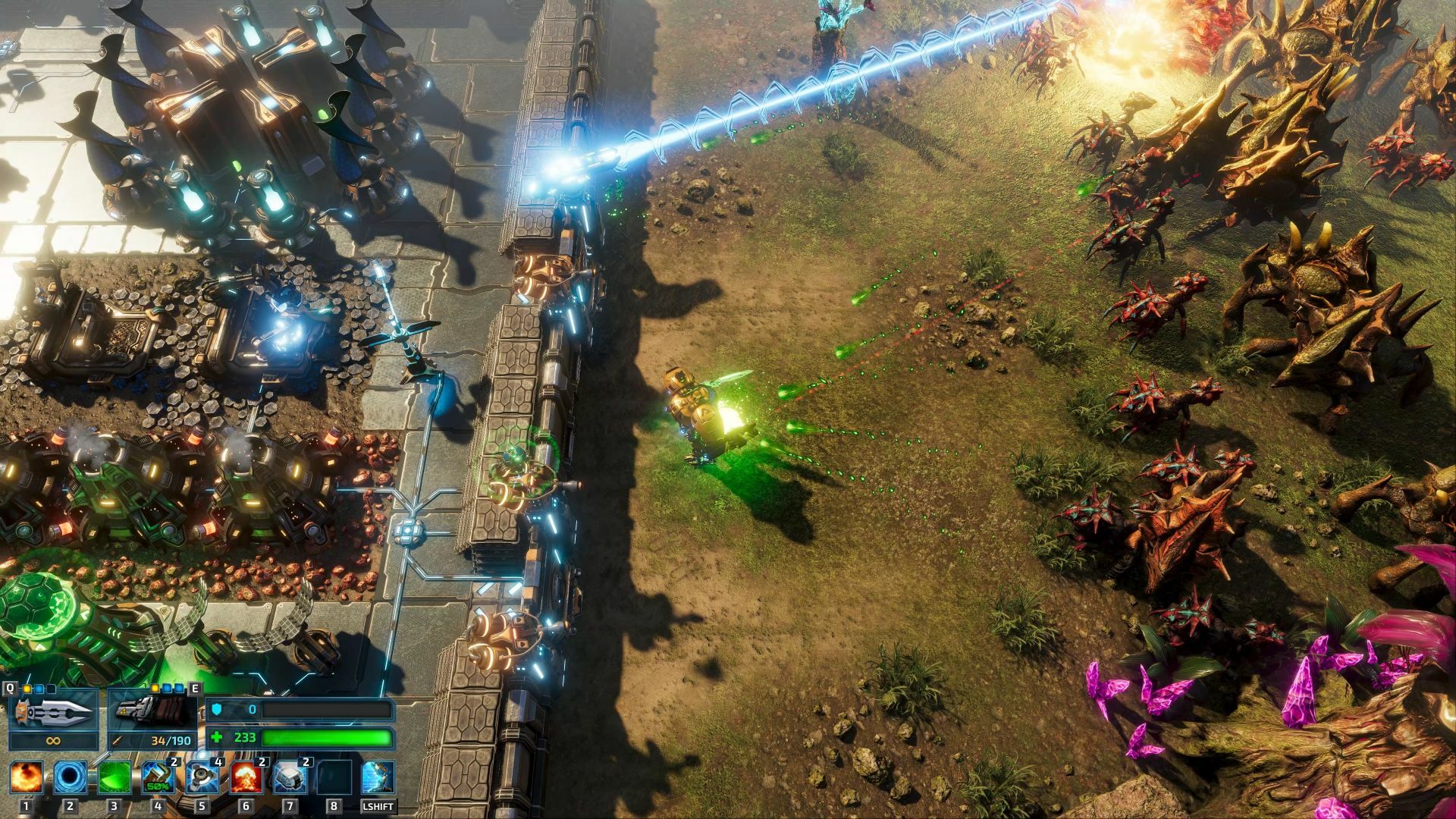
Sep 19, 2024
The Riftbreaker - voidreaver
Hello Riftbreakers!
Another day, another portion of updates to the Multiplayer Beta. We will send out more keys on Monday. Stay tuned!
The Riftbreaker Closed Co-Op Beta, September 19th, EXE: 9485 DATA:52 Changelog:
- Reduced the boss aura skill radiuses from 25-28 metres to 12-15 metres.
- The maximum number of players on the server has been limited to 4 in the menu. It is possible to override this with the server_max_players_available_count variable.
- Added HP scaling for enemies. The amount of HP on creatures spawned during the attack will now adapt to the number of players on the server. 2 players give the creatures a 50% boost. 3 players - 100%. 4 players - 150%.
- Added audio announcements when the player's HP goes down to zero and when a mech explodes.
- Volume sliders in the options menu are now logarithmic, not geometric.
- Added overcharge symbols to HP and shield bars on the HUD when the players are boosted.
- Fixed the Z-order of the player icon on the minimap to make teleporting to a downed player easier.
- Fixed some voice announcements not being properly played in multiplayer.
- Fixed dynamic music system not changing playlists when it should.
- Fixed several crash bugs.
- Introduced memory and network optimizations.
Known issues:
- Using a shared weapon will deplete the original owner's ammo.
EXOR Studios






